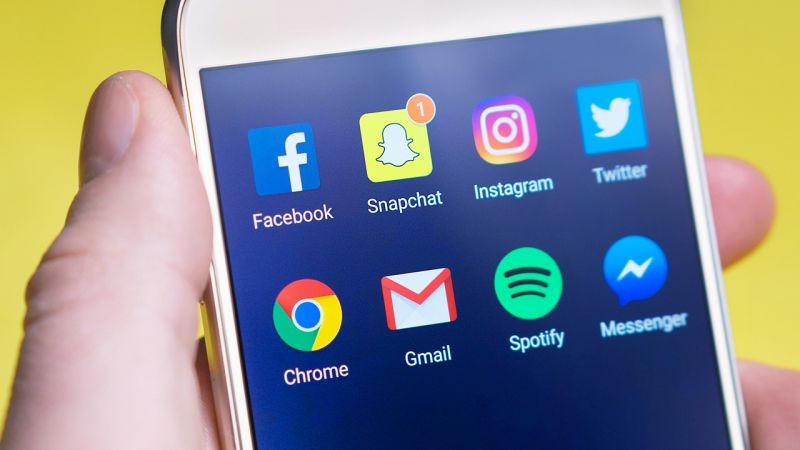A University of New England (UNE) team has taken the unprecedented action of producing flyers to warn parents and teenagers of the dangers of using the popular free social media app Snapchat.
The flyers have been distributed to more than 10,000 schools throughout Australia and New Zealand after what lead researcher Associate Professor Sue Gregory describes as disturbing findings about the use of Snapchat in schools.
“While Snapchat is commonly used for fun and quick communication, it has a sinister side,” she said. “We learned about a lot of questionable things – like underage students sending nude photographs, even accidental paedophile activity by minors. Principals reported having to call police to investigate the inappropriate use of this app.”
Associate Professor Gregory, who specialises in information and communications technology (ICT) in education, said while many schools were actively addressing cyber-security, 26% of the 550 principals surveyed across Australia did not think Snapchat was being used by teenagers at school.
“But I don’t believe that can be true,” she said. “Students told us that they go into the toilets to send messages to avoid detection. Some parents were also adamant that their child wasn’t using the app.”
The fleeting nature of Snapchat makes it a perfect vehicle for cyber-bullying and the transmission of inappropriate images. A message or photograph disappears within about 10 seconds from both devices, however the material can be saved using other apps.
Research by Associate Professor Gregory’s team found that while teachers and principals reported that Snapchat was used playfully in 45% of cases (to send images, videos and messages), it was an avenue for bullying and harassment in almost 12% of cases and 12.4% for sending inappropriate images and text.
Of the 70 students (aged 16-18 years) surveyed and/or interviewed in focus groups, 57% disclosed that they had sent private images to others, 66% had had images sent without their consent, and 33% had received texts or messages that made them feel uncomfortable.
Summing up the collective views about Snapchat’s use in schools, a secondary school principal said: “I think social media becomes an avenue for students to hide behind, to inflict pain on others … They don’t understand the full consequences of what they are doing, the full impact, how devastating it can be. I think social media is an avenue for brutality …”
A flyer designed for parents warns of Snapchat being used as a “secret currency” to exclude them or teenagers outside peer groups, and highlights the “devastating impact of cyber-sexting and cyber-bullying”. A second flyer urges teenagers to question how safe Snapchat really is and to think beyond the moment.
“The flyers are an attempt to encourage parents to have open conversations with their children about Snapchat’s use, and for teenagers to consider its use more carefully,” Associate Professor Gregory said. “Kids covet their secrecy and a lot of parents don’t even know what Snapchat is. However, principals are reporting a growing incidence of anxiety disorders and depression in their schools, which they attribute to online communication.”
The flyers offer advice to parents and teenagers on where to turn for help.
“Even in schools with good welfare systems in place, kids can be reluctant to seek help and that, in itself, is an issue,” Sue said. “If kids are hiding things, then parents need to be suspicious and find out what’s going on. The inappropriate use of apps like Snapchat can be criminal.”
Sue would like to conduct further research on Snapchat’s use by 12-16 year olds “because they are the biggest vulnerable group. Often they don’t realise they may be doing something inappropriate, and more needs to be done to protect this younger age group”.


